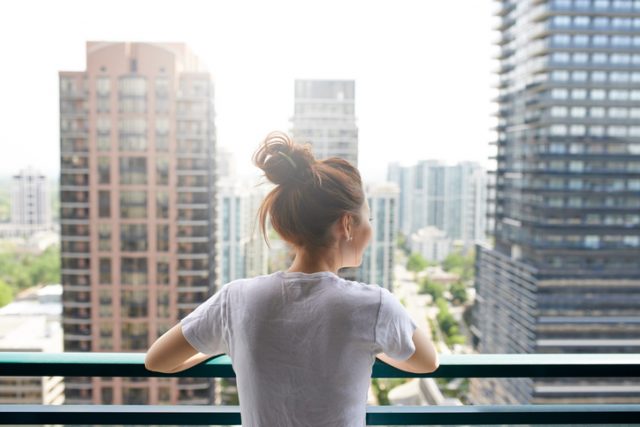By Frederick Peters
How much does it cost each year to maintain your apartment? For apartment owners, that answer contains two elements: what you pay to buy the place and what you pay each month to carry it. These two factors, in theory, exist on a sliding scale to one another relative to other comparable properties. In other words, if your maintenance is higher than that of everyone else who lives in a property the same size, then your price should be lower. And vice versa.
Of course, the advent of the ultra-luxury condo, with high monthly costs but extraordinary amenities, has thrown an additional data point into the equation. What is the monthly value of access to an in-house dining room, or maid service, or a screening room, or a pool? It varies, of course, from buyer to buyer, with some for whom it adds nothing and others for whom these amenities are critical to their well-being and happiness in the property they buy.
At the most basic level, the trade-off between price and maintenance is easy to figure. These days we calculate the average maintenance on an upper-end co-op to be between $2 and $2.50 per square foot. On a higher floor, you may be looking at a bit more; on a lower floor, a bit less. Maintenance always goes up by floor, although the percentage of increase varies from building to building.
Another issue: The bigger the apartments in the building, the higher the maintenance on a per-square foot basis. Why? Simply because certain fixed costs, like labor, are divided between fewer units in the building. A 12-unit building of full-floor apartments still needs three shifts of doormen, just as a 25-unit building does, but there are far fewer people between whom to divide that cost.
Here's an example: Let's look at a big (5,500-square-foot), two-floor apartment. I am thinking of our listing at 4 Sutton Place; it's one of the most beautiful river view duplex apartments, designed by Rosario Candela, that I've ever seen. Since the apartment occupies two full floors in the building, the maintenance seems high at $20,000 per month, or $3.65 per month per foot.
At $2.50 per foot, the maintenance would be $13,750 per month, or $6,250 less—that $6,250, annualized, equals $75,000. How much would a buyer need to invest at 4 percent (liberal in today's environment) to earn that $75,000? Answer: $1,875,000.
So buying this exquisitely renovated five-bedroom unit in the mid-$9 million range (it's priced at $9,995,000) has an equivalent value to buying a similarly sized apartment, with the more typical $13,750 monthly cost, for a little over $11 million. Just try finding that anywhere else!
Here's the interesting point: Buyers fear high maintenance costs. They rarely stop to make the calculation to understand that sometimes these costs can lead to a better deal, in terms of the overall cost, than paying a lot more up front for an apartment with a lower maintenance. We all just have to remember to do the math!
Frederick Peters entered the real estate business as a residential agent in 1980. After working as a sales director at Albert B. Ashforth for a number of years, he acquired and renamed the 95-year old firm in 1991. Since that time, Peters has expanded the company from 40 to 130 agents and from one to three locations.









